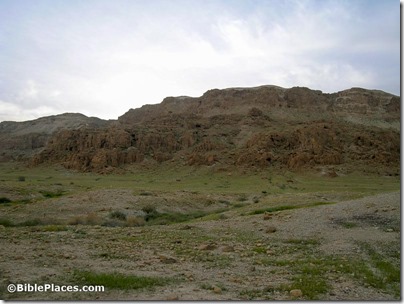“A huge complex of 1,500-year-old winepresses capable of producing some two million liters of wine a year has been uncovered by archaeologists in the city of Yavne, south of Tel Aviv.”
Margreet L. Steiner looks at the elusive Persian archaeological evidence in Jerusalem in order to determine what the city was like when the Jews returned from exile.
Meital Sharabi recommends visits to two interesting locations in the Judean hills west of Jerusalem.
Makhtesh Ramon in southern Israel is home to a crew simulating a colony on Mars.
Zoom lecture on October 17: “Family, food and health in the Bronze Age Aegean: Novel bioarchaeological insights into Mycenaean and Minoan societies,” by Philipp W. Stockhammer
Zoom lecture on October 20: “The City of Babylon from c. 2000 BC to AD 116,” by Stephanie Dalley. Her book on this subject was released earlier this year.
Zoom lecture on November 4: “Under Jerusalem: The Buried History of the World’s Most Contested City,” by Andrew Lawler, author of a forthcoming book with the same title.
The Florence Scroll, a 14th-century parchment depicting holy sites from Egypt to Lebanon, is now on display in the Israel Museum as part of the “Painting a Pilgrimage” exhibit.
Bible Mapper has created several new maps, available in high-res for free non-commercial use:
- The Tribe of Benjamin
- Cities of the Lycus Valley: Hierapolis, Laodicea, and Colossae
- Galilee Throughout Bible Times
- Illyricum
- Lands Beyond Persia
- Mount Sinai (Jebel Musa)
- and more…
HT: Agade, Arne Halbakken, Joseph Lauer, Charles Savelle, Ted Weis
Weekend Sale: Cultural Images of the Holy Land – only $20 with coupon HARVEST

